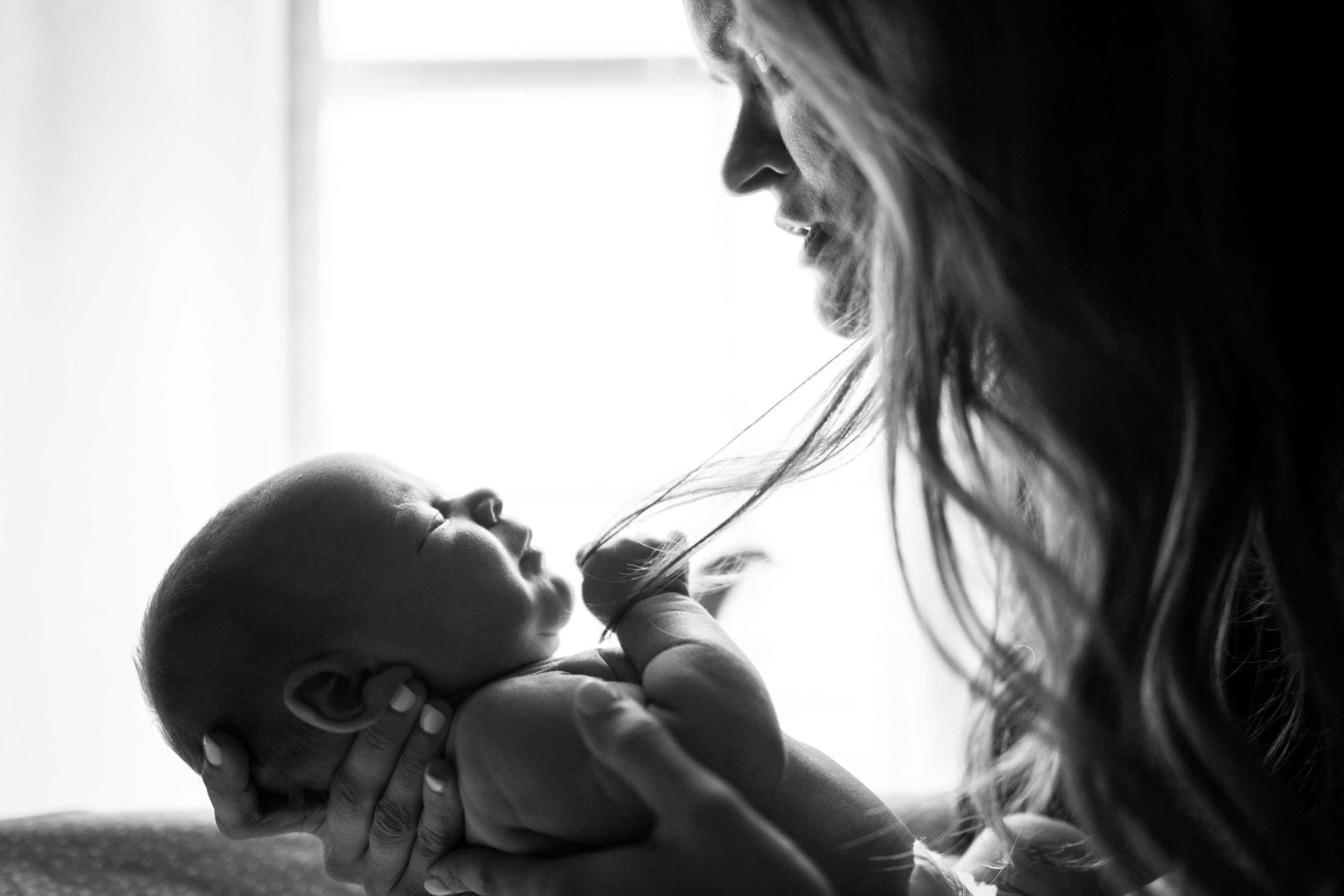
Lauren Moye, FISM News
[elfsight_social_share_buttons id=”1″]
First-time motherhood looks different than it did a generation ago, according to a recent report. For the first time in U.S. history, the median age of motherhood is in the 30s. The change is attributed to an increase in fertility drug use, as well as women postponing having families while pursuing education and careers.
A Census.gov write-up by Anne Morse compares overall fertility rates and first-time motherhood statistics to show how motherhood has changed in recent years. Morse writes, “Together, the data paints a compelling picture of how the age at which American women give birth has changed over time.”
The median age of motherhood has increased significantly in recent decades. In 1970 the average age of first-time motherhood was 21.4, which rose to 24.9 by 2000 according to Center for Disease Control statistics. This number remained stable until 2008 when the median age began climbing again. By 2013, CDC data revealed that first-time motherhood now occurred at 26 years.
At the time, an annual CDC report attributed the increase in older motherhood to fertility drugs. The extended childbearing years meant that women had more opportunities to have children.
Now, the median age is even higher, with Morse finding that “changing fertility rates by age” shifted first-time motherhood to age 30 in 2019. The median age of motherhood correlates with a 43% decline in fertility rates among women aged 20-24, according to the National Center for Health Statistics data that Morse examined from 1990 to 2019. Fertility rates in women aged 35-39 increased by 67% during that time.
Some experts have referred to this shift as “motherhood deferred,” noting that young women are more likely to pursue education and a career before entering parenthood. Phillip Cohen, a University of Maryland sociologist, told AP News that parents are more likely to invest in their children’s futures these days, which contributes to a working-class woman’s desire to wait until they are financially secure before having offspring.
“Having children later mostly puts women in a better position,” Cohen said. “They have more resources, more education. The things we demand of people to be good parents are easier to supply when you are older.”
The shift has created a “gradual” decline in U.S. fertility rates over three decades. In 1990, there were 70.77 births per 1,000 women aged 15-44, which dropped by 2019 to 58.21 births per 1,000 women in the same age group. However, this decline was considered “broadly stable.”
Morse’s analysis shows that this decline was largely due to sharp decreases in narrower age categories. Young women aged 20-24 had a 42.79% decline in births, from 116.40 births per 1,000 women in 1990 to 66.59 births per every 1,000 women in 2019. At the same time, women aged 35-39 increased from 31.5 births to 52.72 births in those years.
Morse notes that overall fertility still dropped during this time “because the jump in birth rates of older women was not enough to offset declines in birth rates of younger women.”
